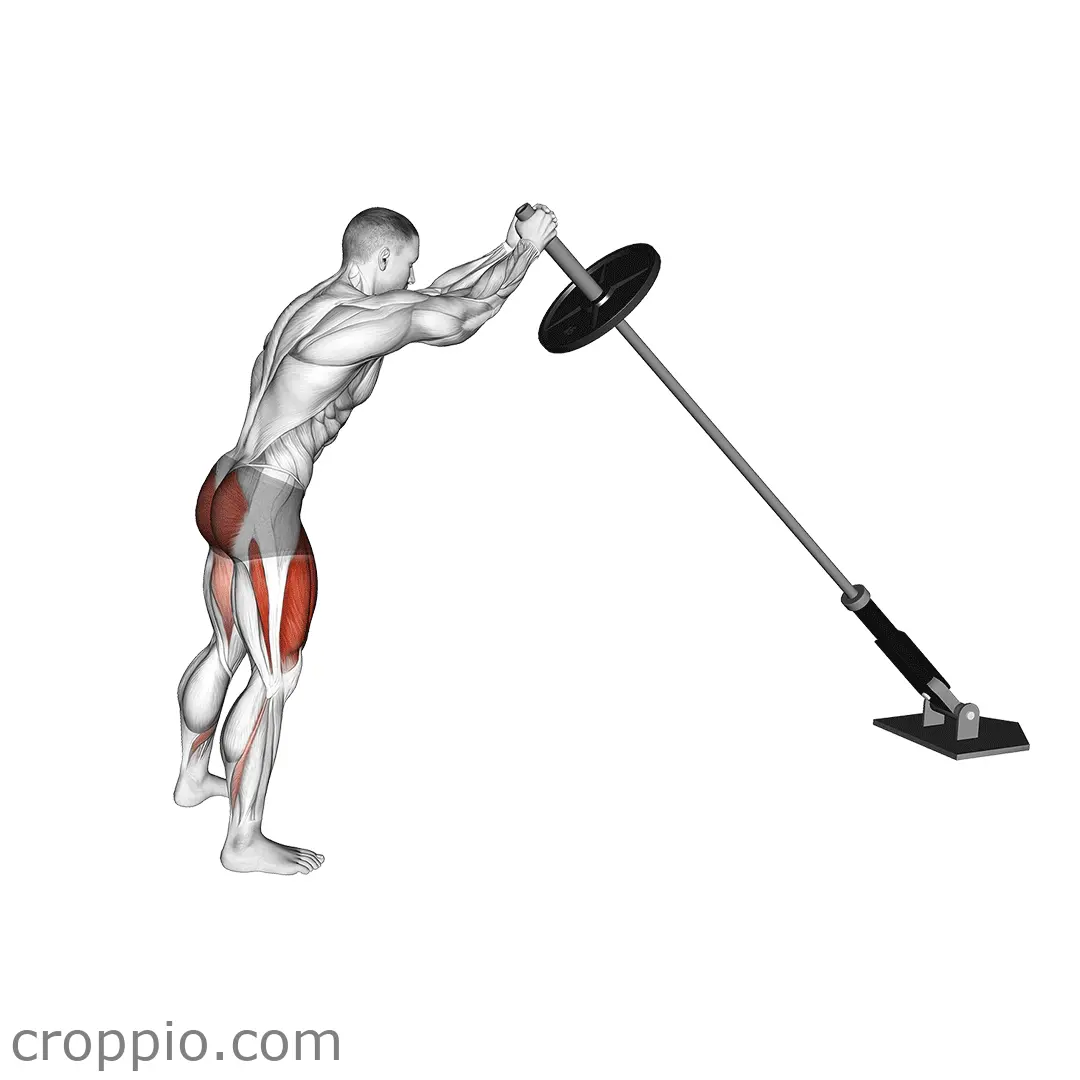Resistance Band Leg Press

Muscles Involved
The resistance band leg press is a versatile exercise that primarily targets the quadriceps, hamstrings, and gluteal muscles. The primary focus is on the quadriceps, which are engaged heavily as you extend your legs against the resistance from the band. Secondary muscles targeted include the hamstrings, which work to stabilize the movement, and the glutes, particularly the gluteus maximus. Additionally, the calves (gastrocnemius and soleus) play a supportive role in the ankle’s range of motion during the press.
Top Mistakes
- Improper Foot Placement: Positioning your feet too high or low on the band can strain your knees and reduce effectiveness.
- Overextending Knees: Locking out your knees at the end of the press can lead to injury; always maintain a slight bend.
- Inadequate Core Engagement: Failing to engage your core can result in an unstable posture, risking back injury.
- Using Too Much Resistance: Choosing an excessively difficult band can compromise form and effectiveness.
Execution Tips
- Set Up Properly: Secure the band under your feet and anchor it to a stable surface (like a heavy object or wall).
- Foot Position: Place your feet shoulder-width apart on the band, ensuring they are flat and stable.
- Engage Core: Keep your core tight throughout the exercise to maintain stability and protect your back.
- Controlled Movement: Press through your heels, extending your legs forward, and return slowly to the start position.
Workouts
The resistance band leg press can be effectively integrated into your workout routine. Aim for 3-4 sets of 12-15 repetitions, ensuring you focus on controlled movements. To balance the workout, consider pairing it with complementary exercises such as bodyweight squats, lunges, or calf raises. Incorporating the leg press into a lower body day can enhance muscle endurance and strength, contributing to overall fitness progression.
Conclusion
The resistance band leg press is an excellent exercise for building lower body strength while enhancing stability and coordination. By effectively engaging major muscle groups, it promotes muscle growth and functional movement. Moreover, its adaptability allows individuals at various fitness levels to perform the exercise safely and effectively, making it a valuable addition to any workout program.



